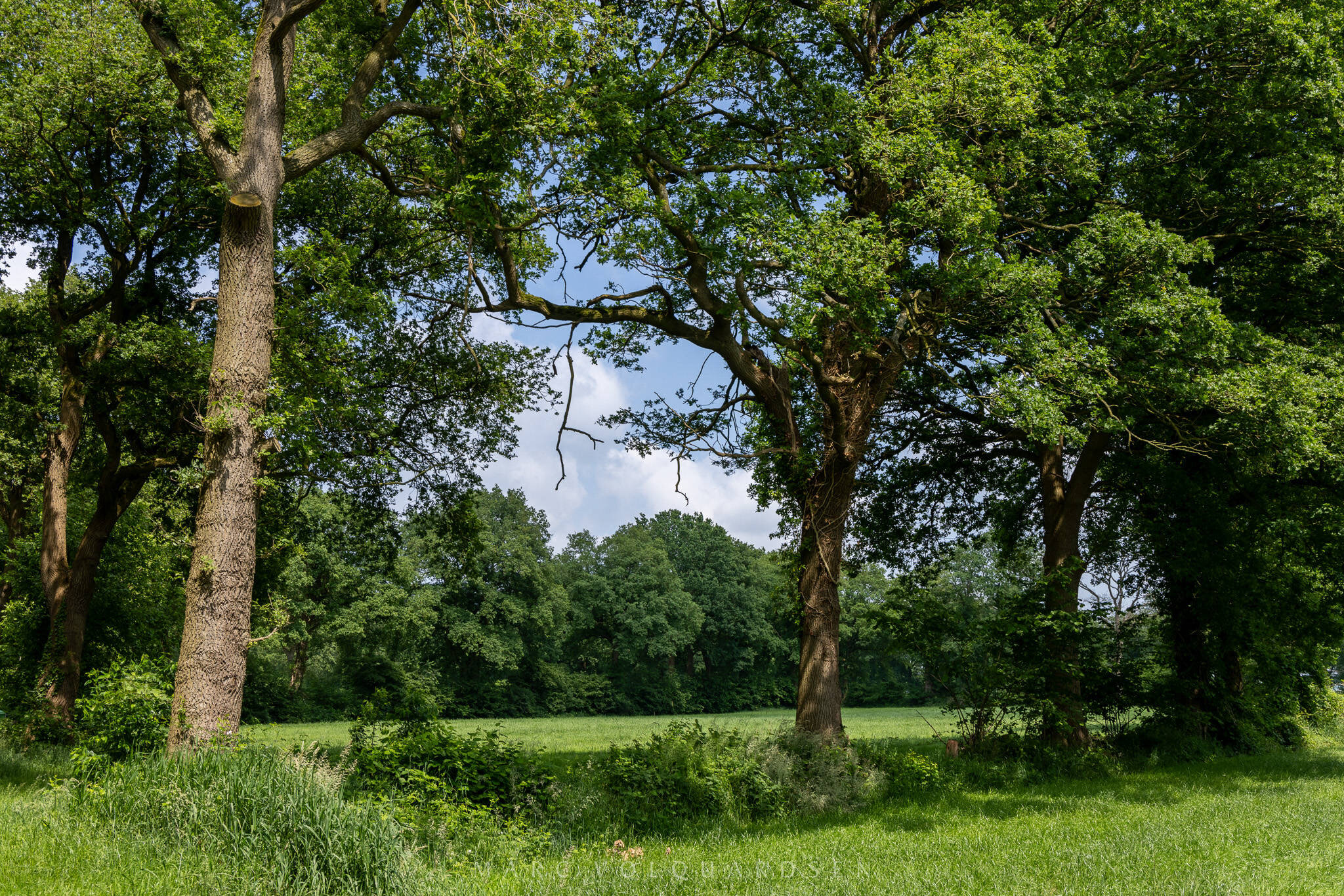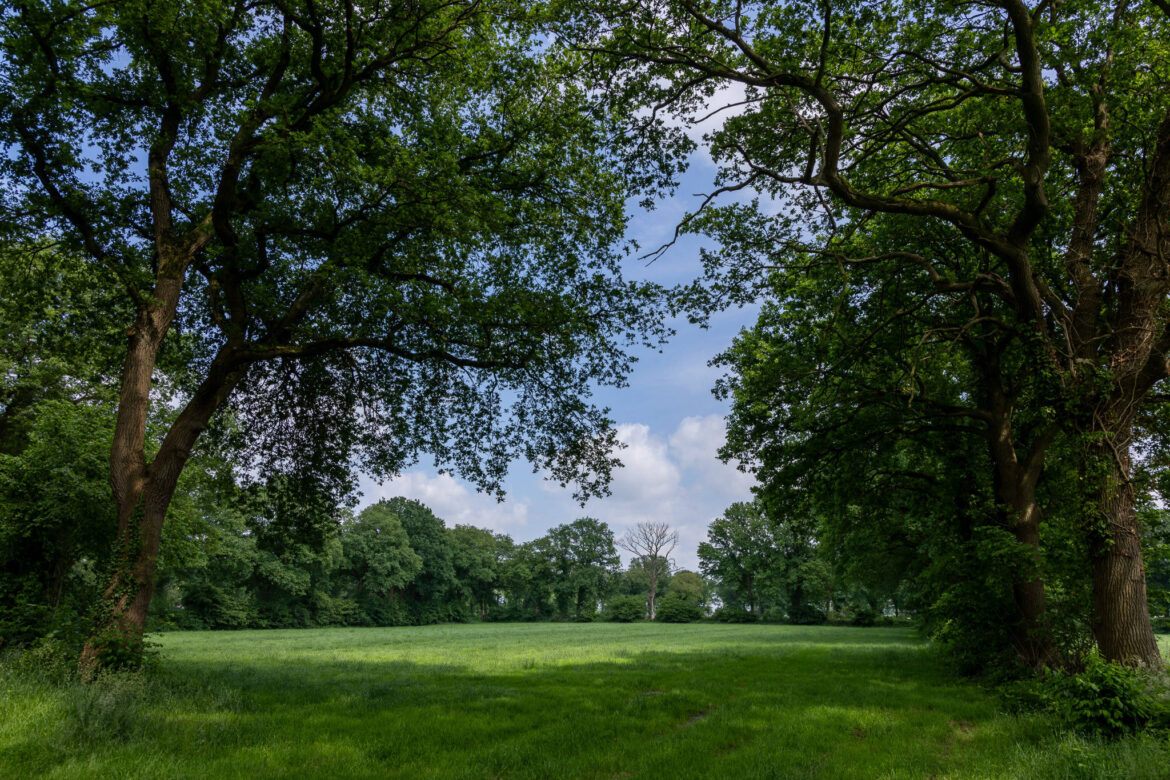Hedgerows are an integral part of our East Frisian cultural landscape, whose origins go back over 1000 years. They shape the landscape, protect against wind erosion, mark boundaries and are a habitat, refuge and food source for hundreds of animal species, some of which are threatened with extinction.
The development of hedgerows
Hedgerows are part of a man-made cultural landscape that extends across large areas of Western Europe, from Spain to France, Ireland, southern England, northern Germany and Scandinavia. Some wall hedge experts see the phenomenon of wall hedge planting in a global context. For example, there are reports of hedgerow-like boundaries from South America and China.
Wall hedges differ in the structure of the wall body and the vegetation. In the Mediterranean region and in Great Britain, stone hedges with rather sparse vegetation are predominantly found. They also include the elaborate field walls known to many from Mallorca, for example. In Schleswig Holstein, the so-called »Knicks« have more of a hedge character, as they are regularly pruned and therefore large trees rarely grow.
In East Friesland, the ramparts consist mainly of sandy soil taken from the immediate surroundings. But there are also stone wall hedges in northern Germany, piled up from boulders and blasted large stones, such as in Ganderkesee. Individual wall hedges made of peat are also known. These were primarily created in raised bog areas, e.g. around Ganderkesee and in the greater Hudermoor area.
The vegetation depends on the soil conditions, the groundwater level, the landscape environment and the maintenance measures carried out. The ideal hedge consists of individual large trees, so-called »overstory trees«, spaced about 20 meters apart, with the most species-rich shrub and bush vegetation possible in between, with herbs and grasses in the understory. Some hedgerows only have large trees, some of which are also masted, without lower vegetation. However, there are also pure shrub wall hedges without trees; after all, only grasses and heather grow in very sparse locations.
In the urban area of Leer, tree hedges with oaks and alders predominate, depending on the groundwater level. The wall bodies here are up to 1 meter high, 3 meters wide at the base and 1 meter wide at the crown. The predominant orientation of the hedgerows is straight and rectangular; these are the more recent hedgerows after the division of the municipality. Older hedgerows, some of which are 1000 years old or more, often have a curved course.
My photos were taken near the village of Backemoor, which lies on a small geest ridge to the northwest of Rhauderfehn. To the south of the village there are still many small fields bordered by the hedgerows. You can clearly see the small size of the field between the hedgerows in these pictures.


Leave a Reply